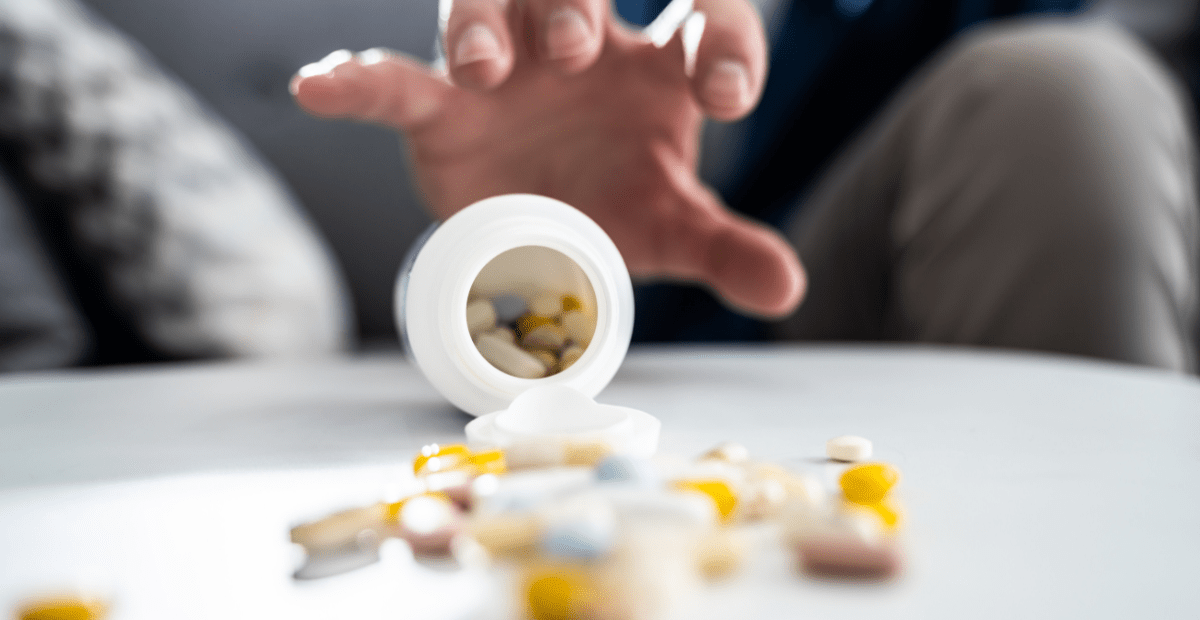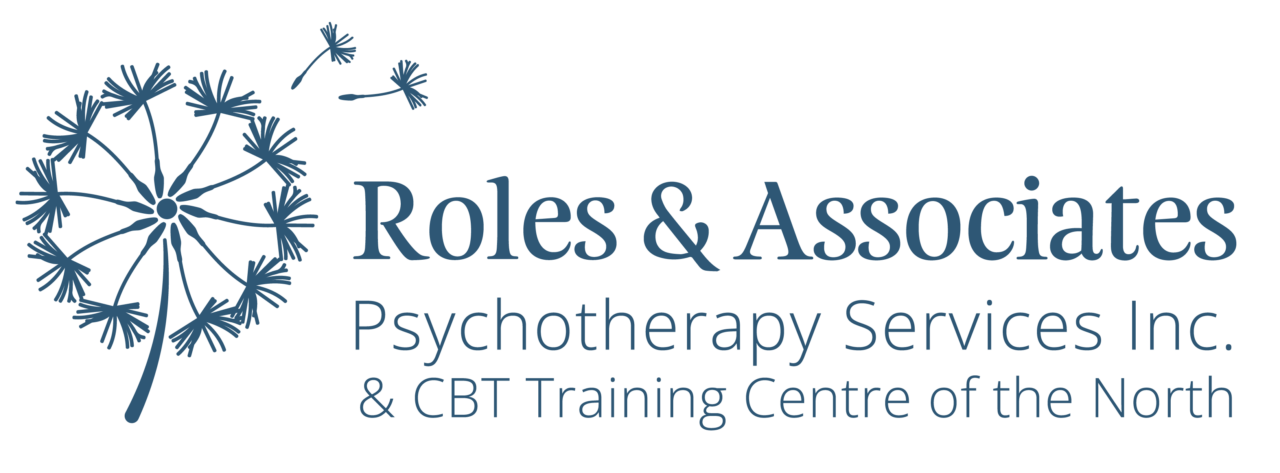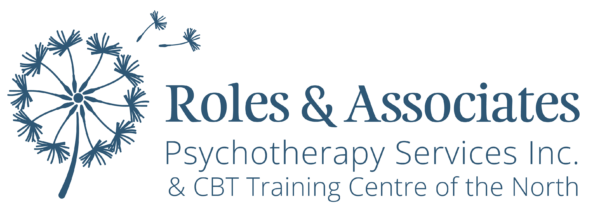Different Drug Addictions: Understanding the Unique Challenges of Specific Substances
Written by Megan Cuglietta

The commonality in all types of addiction is the compulsion to use, activated in the brain resulting in the overproduction of dopamine. The goal of treating substance use is to assist an individual in returning to their healthiest selves. Withdrawal from substances is always uncomfortable; however, in some cases, it can become life-threatening, and individuals may require medical supervision. The DSM-5 uses the term Substance-Use disorder on a continuum from mild to severe, mild being 2-3 symptoms, moderate being 4 or 5, and severe being six or more. (American Psychiatric Association, 2013). We will discuss the unique challenges of each substance: alcohol, marijuana, opiates (including prescription pain pills), hallucinogens, and inhalants.
Alcohol Dependency
Alcohol is unique because of the social acceptability of the substance and the easy accessibility if you are of legal age. Symptoms of withdrawal from alcohol include hand tremors, sweating, insomnia, rapid heart rate, anxiety, depression, fatigue, irritability, and seizures (US Department of Health and Social Services, 2021). Alcohol dependency is the continued use of alcohol despite the negative consequences in one’s life (socially, mentally, physically, and financially) (Srivastava et al., 2022). Given the accessibility and societal acceptance, alcohol dependency has a high prevalence of relapse which can make treatment outcomes less successful (Srivastava et al., 2022). Studies have found that short-term interventions can have a long-term impact on individuals struggling with alcohol dependency (Srivastava et al., 2022). Cognitive Behavioural Therapy (CBT) is a therapeutic intervention that focuses on changing cognitions to create behavioural change. CBT is standard practice in the treatment of the management of alcohol dependence. There are also groups such as alcohol anonymous (AA) that provide a supportive environment and community of individuals trying to remain sober. “Relapse was noticed in those patients who used maladaptive coping strategies such as negative thinking and those who remained abstinent, used adaptive strategies such as “positive thinking.” (Srivastava et al., 2022). Motivational interviewing, or identifying an individual’s strengths, in combination with CBT, has successfully treated alcohol dependency (Srivastava et al., 2022).
Marijuana
Marijuana has recently been legalized in many places worldwide, increasing the accessibility to the substance. “Following alcohol and nicotine, cannabis is the most commonly used psychoactive drug, with an estimated 4% of the global population between 15 and 64 using cannabis at least once in 2019” (Rodas et al., 2023, p.1). People who use cannabis express using it to deal with pain, improve sleep, mood, or psychological discomfort. Symptoms of withdrawal from marijuana can include irritability, sleep difficulties, and eating or appetite struggles (Hahlbeck & Vito, 2022). Marijuana can be consumed in various ways, including smoking, vaping, and eating it in edible form. Studies have found that the strength of the individual’s social bonds plays a role in dependency (Hahlbeck & Vito, 2022). Treatment of marijuana dependence can include strengthening social bonds (especially in adolescence), CBT, and harm-reduction strategies. There is also evidence that if the therapeutic alliance is high between the individual and therapist, the use of marijuana is reduced (Gibbons et al., 2010).
Nicotine
Nicotine is often found in tobacco and can be smoked or vaped. Nicotine is considered to be one of the most addictive substances that people heavily use. Nicotine withdrawal symptoms can include irritability, cravings, trouble sleeping, increased appetite and headaches. The effects of nicotine can be experienced within eight seconds of inhalation and directly causes dopamine release in the brain. (Maristed, 1996). Nicotine builds tolerance because the body needs more to get the same effect to reduce withdrawal symptoms. It is recommended to reduce smoking gradually. Nicotine has a high risk of relapse, and smoking cessation groups are available for individuals interested in quitting smoking (Shoesmith et al., 2021). Suppose an individual has had an in-patient stay at a smoke-free facility. In that case, their chances of relapse are significantly increased, meaning providing support post-treatment is essential (Shoesmith et al., 2021). Pharmacological treatments for nicotine dependence include nicotine replacement in patches, gums, and medication. These treatments are most effective when used with behavioural treatments and support.
Cocaine
Cocaine is a highly addictive substance that is considered an “upper.” People who use cocaine often experience euphoric energy and exhibit lots of energy; however, it is essential to recognize that not every person who uses cocaine presents this way. There are two forms of cocaine: freebase (can be smoked or injected, often called crack) and powdered (can be inhaled) (NIDA, 2021). Cocaine is a stimulant that affects the central nervous system and how it is consumed, influences the nervous system in different ways. The faster it hits the system, the shorter the high lasts (NIDA, 2021). Cocaine is considered an upper and can give individuals a false sense of energy or make them feel invincible, while when they come down, they can feel depressed (NIDA, 2021). Cocaine is not a substance you can purchase in a store; however, the prevalence of the drug remains prominent in society. Treatment for cocaine addiction includes behavioural interventions (CBT) and harm reduction strategies. Psychoeducation can also be beneficial in assisting clients in understanding the physical and emotional effects of the substance.
Opiates
Opioids are commonly used to treat pain and can be prescribed by a doctor or bought on the streets. Opioids often become habit-forming due to the tolerance individuals can build up to the drug, where tolerance requires an individual to take more to get the same effect (NIDA, 2021). Because of this, withdrawal symptoms are present when an individual stops using opioids, and heavy and prolonged use of opioids can result in the body becoming dependent on the drug, which is considered highly addictive (NIDA, 2021). Illegal forms of opioids can often be contaminated with other substances. Opioids include: fentanyl, hydrocodone, hydromorphone, methadone, morphine, and oxycodone (NIDA, 2021). When dealing with prescription opiates, preventative support and a circle of care, including a doctor, psychiatrist, therapist or counsellor, are involved to support the client and prevent tolerance and dependency. Medical interventions such as methadone administered at a controlled dosage can support clients looking to reduce cravings and support withdrawal symptoms. Medical interventions combined with psychotherapy, mindfulness and medication management plans are all used to support clients experiencing opiate dependency. Naloxone is a medical intervention that can be administered by anyone who has accessibility to a kit and the willingness to use it if an individual overdoses on an opioid. These Naloxone kits can be accessed at harm-reduction hubs and local pharmacies.
Hallucinogens
The effect of hallucinogens on an individual can vary based on the amount consumed, type of hallucinogen, potency and each person’s biology (NIDA, 2021). Hallucinogens can temporarily alter brain chemistry and allow the individual using the substance to experience a distorted sense of sight, hearing and touch, as well as a distorted sense of reality (NIDA, 2021). Hallucinogens include psilocybin (mushrooms), LCD, ketamine and PCP. Individuals have shared that they experience vibrant shapes and colours when they take psilocybin or LCD and experience distorted vision and hearing when taking ketamine or PCP (NIDA, 2021). The use of these drugs has been connected to dangerous behaviour, injuries and even death (NIDA, 2021). Drugs like LCD and mushrooms are not considered addictive, while PCP is considered addictive. The connection between hallucinogens and mental health varies. There is evidence that some research suggests that some hallucinogens can promote positive changes in emotions and mood for individuals diagnosed with a mental illness as they can change an individual’s brain functions that, promote openness to new thoughts and experiences (NIDA, 2021). More research is needed on substance use disorder and hallucinogens; the diagnostic criteria for substance use disorder include only PCP use disorder but do not include substance use disorder related to other hallucinogenic drugs (NIDA, 2021).
Inhalants
Inhalant use is one of the least studied substances. “Inhalant abuse refers to the intentional inhalation of vapours from commercial products or specific chemical agents to achieve intoxication” (Howard et al., 2011, p. 44). Inhalant substances include glue, paint, lighter fluid, and volatile hydrocarbons. Individuals who use inhalants experience a high that lasts a few minutes. Like other substance addictions, inhalants stimulate the reward center in the brain and can lead to compulsive use; however, more research is needed about use and treatment interventions when it comes to inhalant dependency or use.
Summary
If you are looking to reduce your own substance use through harm reduction techniques or wanting to completely abstain, or are a family member or friend of someone who is using substances and would like some support please reach out to Roles & Associates Psychotherapy Services Inc.
References
American Psychiatric Association. (2013). Diagnostic and statistical manual of mental disorders (5th ed.). https://doi.org/10.1176/appi.books.9780890425596
Psychology Today. (2021). Alcohol Use Disorder | Psychology Today Canada.
Www.psychologytoday.com. Retrieved May 22, 2023, from https://www.psychologytoday.com/ca/conditions/alcohol-use-disorder
U.S. Department of Health and Human Services. (2021). Alcohol’s effects on health. National Institute on Alcohol Abuse and Alcoholism. https://www.niaaa.nih.gov/alcohols-effects-health
Benowitz, N. L. (1996). Pharmacology of nicotine: addiction and therapeutics. Annual review of pharmacology and toxicology, 36(1), 597-613.
Hahlbeck, S. M., & Vito, A. G. (2022). Adolescent Marijuana Dependence: The Role of Social Bonds and Social Learning Theory. Journal of Psychoactive Drugs, 54(1), 43–53. https://doi.org/10.1080/02791072.2021.1903122
Howard, M. O., Bowen, S. E., Garland, E. L., Perron, B. E., & Vaughn, M. G. (2011). Inhalant
Use and inhalant use disorders in the United States. Addiction Science & clinical practice, 6(1), 18–31.
Maristed, K. (1996). Nicotine, an autobiography. American Scholar, pp. 65, 389–397.
National Institute on Drug Abuse (NIDA). (2021). Cocaine DrugFacts. Published April 8, 2021. Retrieved from https://nida.nih.gov/publications/drugfacts/cocaine on 2023, May 28.
National Institute on Drug Abuse (NIDA). (2021). Prescription Opioids DrugFacts. Published
June 1, 2021. Retrieved from https://nida.nih.gov/publications/drugfacts/prescription-opioids on 2023, May 28.
National Institute on Drug Abuse (NIDA). (2023, April 14). Psychedelic and Dissociative Drugs. Retrieved from
https://nida.nih.gov/research-topics/psychedelic-dissociative-drugs on 2023, May 28.
Shoesmith, E., Huddlestone, L., Lorencatto, F., Shahab, L., Gilbody, S., & Ratschen, E. (2021). Supporting smoking cessation and preventing relapse following a stay in a smoke-free setting: a meta-analysis and investigation of effective behaviour change techniques. Addiction (Abingdon, England), 116(11), 2978–2994. https://doi.org/10.1111/add.15452
Srivastava, K., Prakash, J., Bhat, P., Chatterjee, K., Chaudhury, S., & Chauhan, V. (2022).
Cognitive behaviour therapy as an adjuvant in the management of alcohol dependence syndrome. Industrial Psychiatry Journal, 31(2), 255–261. https://doi.org/10.4103/ipj.ipj_267_21Rodas, J. D., Sorkhou, M., & George, T. P. (2023). Contingency Management for the Treatment of Cannabis Use Disorder in Co-Occurring Mental Health Disorders: A Systematic Review. Brain Sciences (2076-3425), 13(1), 36. https://doi.org/10.3390/brainsci13010036

